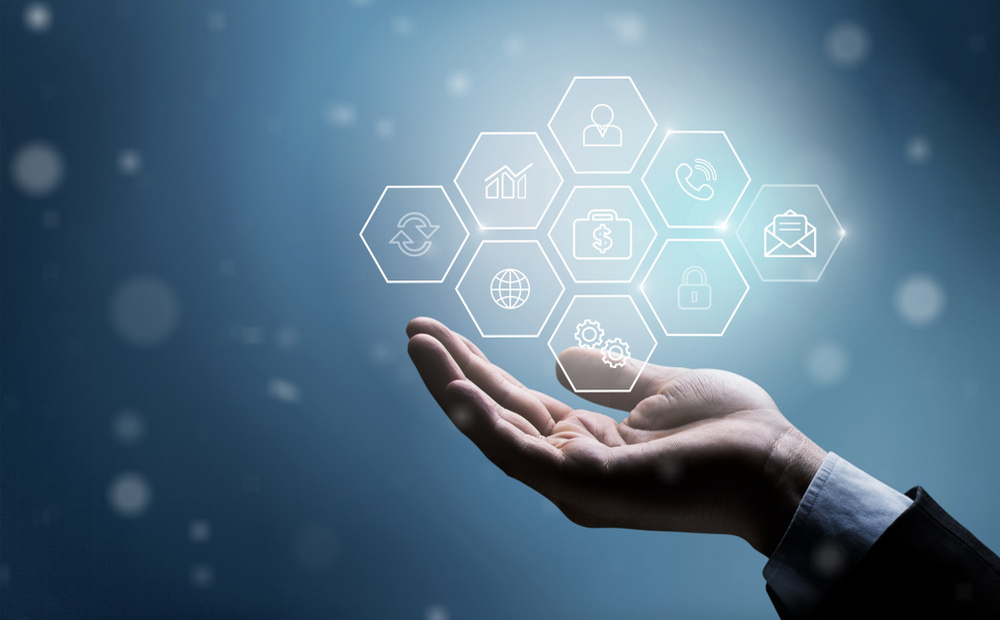
There is a trinity of experiences so intertwined that any lack of one will negatively impact the business as a whole. The employee, customer and ecosystem are the three experience components that are critical for every business.
Weaknesses or lack in any one of them impacts the others. There is value in the transformational experiences of employees that will impact the customer experience in transformational ways, which in turn are dependent on the transformational experience of the overall ecosystem of partners, suppliers, etc. This is the era of the “experience of things.”
The experience of things
We are witnessing an overall trend toward experiences. If we look at the workplace, with everything that has happened, including the COVID-19 pandemic, we are moving more toward design principles in tech that will be more about how people are actually experiencing work and the technology solutions themselves that they’re using.
We’re seeing that companies are starting to realize the priority they need to place on employee engagement and how their employees are actually experiencing the workplace.
In a similar vein, customers are redefining how they engage with brands. And the glaring truth is that it’s not about the brand’s experience: it’s the customer’s experience. And brands have to realize that or it’s game over.
The ecosystem experience speaks to those interconnected and interlocking relationships that include but go beyond specific workflows, integrated tech platforms and open APIs to drive innovative and shared seamless experiences. The ecosystem experience is how multiple companies, brands or partners collaborate to unlock greater experiences.
Businesses have to ask themselves these questions:
You’ll hear a lot in professional basketball circles especially in the media about the identity of teams. One team can be identified as a tough defensive-minded team, and another can be identified as a high-scoring, run-and-gun offensive-minded team.
But your team identity is often reflected in how your fans experience the team and the games they attend or watch on TV. It drives how the media reports on the team. Obviously, being a winning team or a losing team is significantly attached to the overall identity and how fans experience the team.
Transfer this concept over to businesses as a whole and you see similarities in looking at how customers experience brands, how employees experience that brand’s internal workplace and how ecosystem partners experience doing business with that brand as well.
Right now, customer behaviors are changing, so customer experience leaders have to recognize the shift and keep pulse with the changing dynamics. Which means that brands have to stop trying to create static customer journey maps and realize that just like it’s the customer’s experience, it’s also the customer’s journey.
And customers are on multiple journeys with multiple channels and want to engage with brands exactly how they want to engage. So, don’t try to force your journey maps on them. Remove complexity and friction in every interaction. And own it when you mess up or fail to do so. Be authentic!
When it comes to employees, organizations have to transform digital workplace experiences for people with unified technology solutions that actually get down into the flow of how they work. Look at technology solutions from the perspective of what experiences they will enable or offer for people.
Again, you have to remove complexity and friction. For example, communications and collaboration platforms have to enable a set of seamless and frictionless experiences so people can connect, co-create, collaborate and build community.
The pandemic seriously drove home the point of how critical real-time collaboration solutions like video and messaging are. But for employees, beyond the tech should be a focus on how they are experiencing work. Organizations have to prioritize overall well-being with the full realization that this person is more than your employee. Especially now with more people working remotely, this whole person not only works for your organization, but also has to take care of their family and themselves. So, empathy is required!
As a technology industry analyst, when I go through a provider’s technical architecture to see what their solutions enable, there had better be solutions solving for people that give them the experiences they need and want in the specific processes and workflows that they are involved in.
That will require an overall strong ecosystem around that provider’s platform or solution. The measure of that ecosystem experience will be how it bolsters the experience of people using the solutions that ultimately result from it.
Final thoughts
Employee, customer and ecosystem experience pillars are interconnected. The digital transformation brought on by the pandemic exposed weak ecosystems, which then exposed weaknesses in customer and employee experience strategies. Moving forward, business leaders have to focus on the human experience, which in practice will require a whole of business and ecosystem approach to delivering the right solutions for people.
